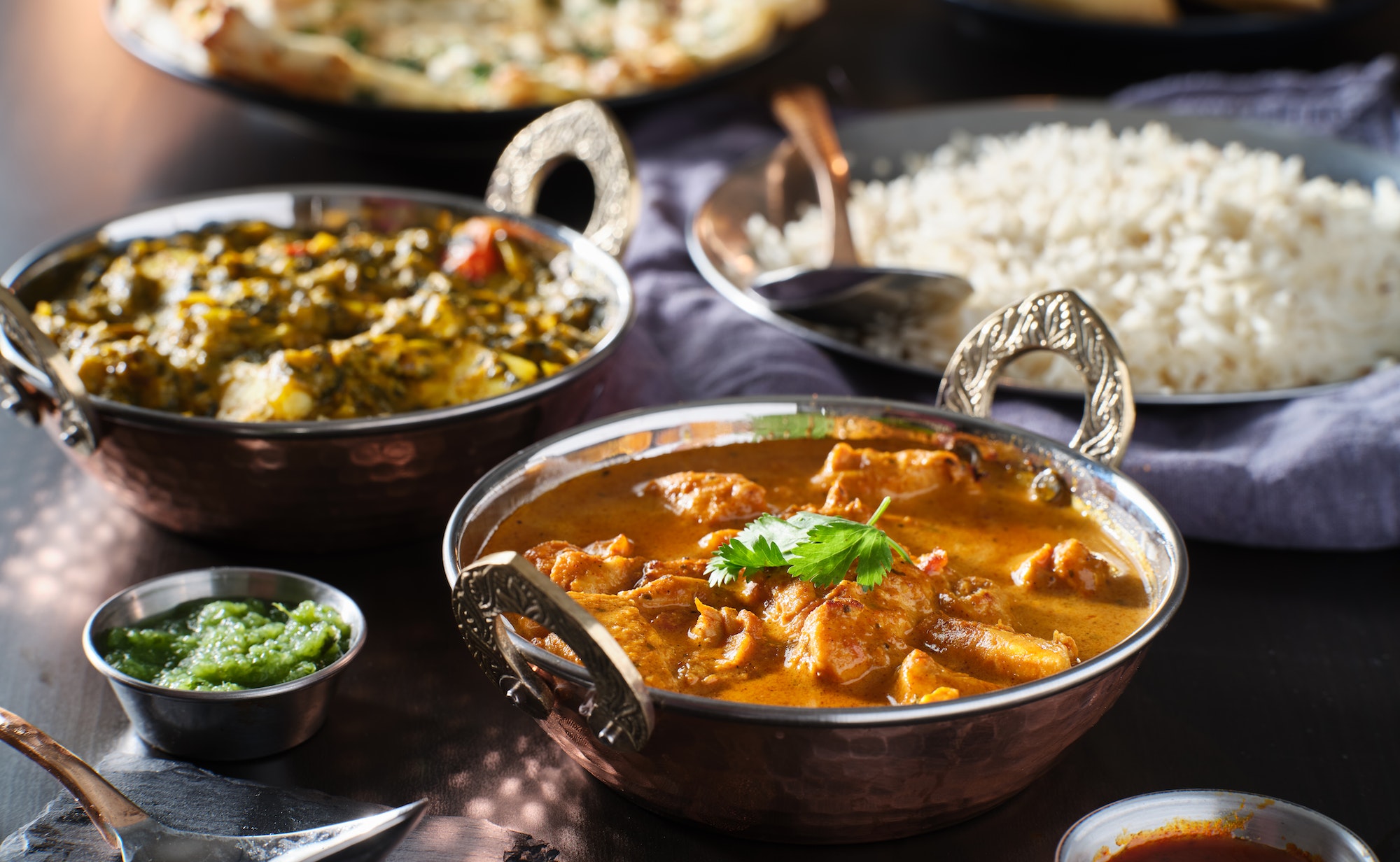The rich history and captivating flavors of Indian curries have long fascinated food enthusiasts and history buffs alike. These aromatic dishes owe their existence to the intricate and fascinating world of the spice trade, which has spanned centuries and countless miles. In this article, we will delve into the history of the spice routes that have shaped Indian cuisine as we know it and the impact of the spice trade on food, culture, and global connections. We will discover the origins of beloved dishes like chicken tikka masala and learn about the various spices that have traveled through the trade routes. So, let’s embark on a journey through the spice routes of Indian curries.
The History of the Spice Trade
The story of spice trade dates back to ancient times, with records indicating its existence as early as 2000 BCE. The trade routes that developed over time connected various regions, including India, the Middle East, Southeast Asia, and Europe, and became the backbone of the global economy.
The Silk Road and Indian Ocean Routes
The Silk Road, a complex network of trade routes that originated in China, played a significant role in the spice trade. These routes extended to India, the Middle East, and ultimately to Europe. The Indian Ocean trade routes, on the other hand, connected India, Southeast Asia, and East Africa. Traders utilized these routes to transport spices such as black pepper and curry powder across vast distances.
The Rise of European Empires and the East India Company
The spice trade’s immense value caught the attention of European empires, especially in the 15th century. Portuguese explorer Vasco da Gama pioneered a direct sea route to India, paving the way for increased trade between the two continents. Later, the British East India Company and the Dutch East India Company emerged as dominant players in the spice trade, vying for control over the lucrative markets.
The colonization of parts of India by European powers further expanded the reach and influence of Indian spices. As a result, the spices and flavors of India made their way into European cuisine, and vice versa.
The Spices at the Heart of Indian Curries
Indian curries are synonymous with a wide array of spices that lend them their distinct flavors and aromas. We can trace the history of many of these spices through the trade routes and voyages undertaken by ancient traders.
Black Pepper
Considered the “king of spices,” black pepper originated in the Western Ghats of India and was one of the most sought-after items in the spice trade. It was a luxury item in ancient Rome, often used as a form of currency. Today, black pepper remains an essential spice in Indian curries and many international cuisines.
Curry Powder
While there is no “one-size-fits-all” curry powder in Indian cuisine, this blend of spices became popular as a British invention during colonial rule in India. The commercially available curry powder typically contains spices like coriander, cumin, turmeric, and various types of chilies. This blend of spices was most likely inspired by the Indian spice mixtures known as masalas.
Coconut Milk
Though not a spice, coconut milk has played a significant role in shaping the flavors of Indian curries, particularly in South India and Sri Lanka. The creamy, rich texture of coconut milk balances the heat of spices and deepens the flavors of the dish. The use of coconut milk in curries can also be traced back to the influence of Southeast Asian cuisines, which often feature coconut-based curries.
Iconic Indian Curries and Their Origins
The spice routes and the global connections forged by the spice trade have resulted in the creation of some of the world’s most beloved Indian curries. Let’s explore the origins of two such iconic dishes.
Chicken Tikka Masala
Chicken tikka masala is a mouthwatering dish featuring marinated, grilled chicken pieces in a rich, tomato-based sauce with an abundance of spices. While its exact origins are debated, many believe that it was created in Britain by chefs of Indian descent who adapted traditional Indian recipes to suit British tastes. Regardless of its origins, chicken tikka masala has become a beloved dish in Indian cuisine, thanks in part to the influence of the spice trade.
Curry Chicken
Curry chicken showcases a range of spices, including curry powder, in a tomato and onion-based sauce. While the dish has roots in both Indian and Caribbean cuisine, the British may have played a role in popularizing the dish by incorporating Indian spices and flavors into their cooking during colonial rule.
The Legacy of the Spice Routes
The spice routes that connected India, the Middle East, Southeast Asia, and Europe have left an indelible mark on the history of the world and the evolution of Indian curries. The trade of spices like black pepper and curry powder and the exchange of culinary ideas and techniques have shaped Indian cuisine as we know it today. These iconic dishes, like chicken tikka masala and curry chicken, stand as a testament to the interconnectedness of global foodways and the lasting impact of the spice trade. As we savor the flavors of Indian curries, we are reminded of the rich history and enduring legacy of the spice routes that brought these dishes to life.

